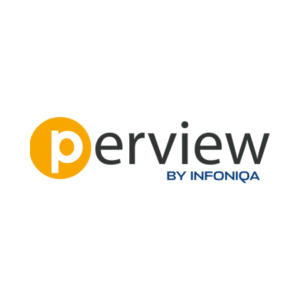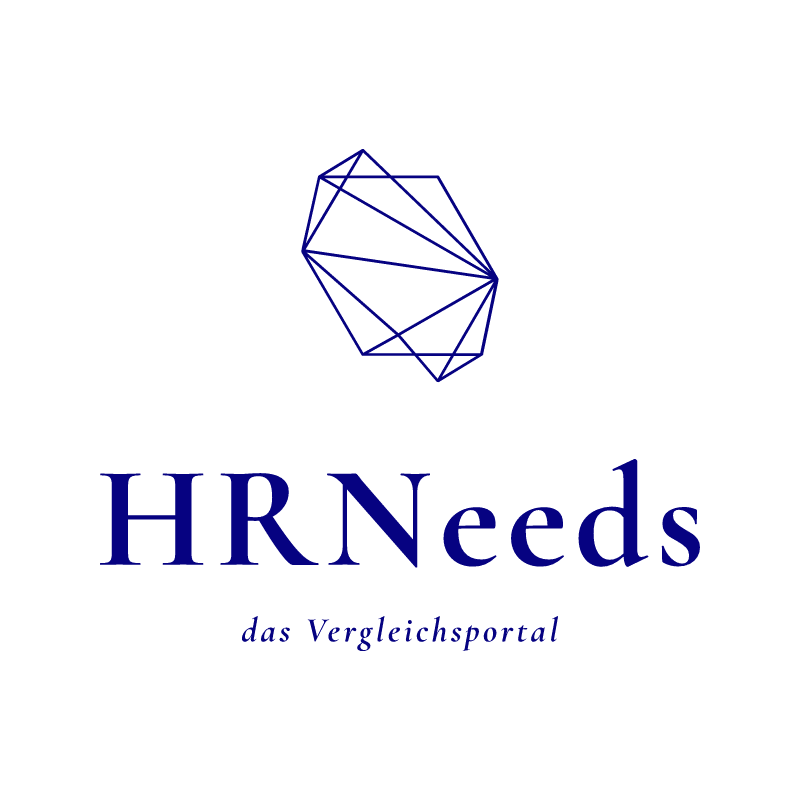Holger Antz: Basically, perview works in exactly the same way. perview has what is known as a core system. This includes, for example, this personnel administration, so that all employee data is available digitally. The customer can vary the depth of the data recorded. It depends on what the respective company wants to do with the data. The range can then extend from as much information as possible to very little data. However, this HR core system always contains this personnel database, which can be adapted to the respective customer requirements.
Holger Antz: Exactly, the HR Core System contains much more. For example, it has a very comprehensive roles and rights system that can be used to map the entire hierarchy of a company, the organizational structure – from very simple structures to matrix organizations. The core system also includes an analytics system for making evaluations. For example, statistics on how many employee appraisals have taken place, how satisfied employees are or how many have taken part in training or further education. For example, on the subject of data protection, which must also be managed by and within the company.
Holger Antz: perview is a system that can work holistically. But it doesn’t have to. A so-called best-of-breed is therefore possible: I can combine personnel development modules with systems from other manufacturers.
Holger Antz: Take a smaller company that uses DATEV for payroll accounting, i.e. salary and wage accounting; it also has a small time management system in use: both can be easily connected to perview. But I could also do the same with a large payroll system such as SAP. perwiew can therefore be combined with other payroll and time management systems relatively easily – just as the customer wishes. There are interfaces that establish the connection to the other systems.
Holger Antz: Yes. Defining roles and rights is a prerequisite for personnel development, be it employee appraisals or target agreements. If you stay with the example of employee appraisals, different appraisals may be held with managers than with sales employees.
Holger Antz: We then take our customers “by the hand” and carry out a project with them, where we also ask them: Are you prepared, have you already done something in this regard or do you want us to take the project into our own hands?
Holger Antz: One of the main advantages of perview is that the software itself is completely freely definable. Every company has a different organization to some extent. perview adapts like a chameleon precisely to the organizational structure of the respective customer. It’s the same with employee appraisals: The content of the appraisal interviews is different for each client – one client may include an assessment of potential at the end of the appraisal interview, another may want the learning wishes to be expressed in this appraisal interview; and yet another may say: “But I want target agreements. This freedom of definition is one of the major benefits of perview. And that applies to all personnel areas. The result is always the interview that the customer wants. Because it can put together the individual content modules. It’s the same with learning management. Of course, the learning world of a customer in a hospital looks very different in terms of content to that of a company that produces automotive spare parts. The freedom of definition gives each customer the freedom to map exactly their world internally. This is definitely something that not all products can do.
Holger Antz: This is difficult to answer as it depends on many factors. But I’ll try anyway: if a customer wants to introduce a digital personnel file or a learning management system and is clear about what they want to do, then a project like this can be implemented within three months for a smaller company. For a company with two and a half thousand employees, it might take three to five months. The longer project duration for implementation in larger companies is mainly due to the fact that many stakeholders have to be involved and that the customer therefore generally needs more time. Smaller customers are quicker. We also always have to adjust our timing to the customer’s capacities and how many modules they have ultimately ordered from us.
Holger Antz: That also depends on the customer’s capacities. If a larger company wants to digitize recruiting, learning management and personnel administration, then these are three projects that can all run in parallel. This is because the implementation is the responsibility of three different departments. So the following applies: I can do it in parallel if I have the resources. In small companies, you may have to implement them one after the other because there may only be two or three people responsible for the entire HR area.
Holger Antz: Exactly, there is a very clear sequence. Even before the actual order is placed, there is a kick-off meeting in which our sales representative makes a handover with the customer and our internal future project team: these are the points that we have agreed with each other in the sales process and contractually. In addition, the project team and the customer get to know each other and know who is the contact person for what. Once the contracts have been signed, it’s time for the “real” kick-off: our project team talks to the customer and interviews them to find out how well prepared they are: “Okay, you’ve already done this and that, you should still do this and that so that we work properly in preparation. We then give the customer tasks directly. And so the project progresses step by step – with weekly or fortnightly meetings. Depending on how complex the project is. Finally, it ends with a “co-live date” and a proper acceptance test. This is where we prove that the product actually does everything the customer wants it to do. And if the customer had a catalog of requirements, then we go through it from A to Z and show that everything works accordingly.
Holger Antz: That is a very important point. For example, we have teams that focus exclusively on customer success. These teams also talk to the customers, they ask questions and really intervene: In what order does it make sense to introduce the project at your company? When do we need to go to the management with information, when to the department heads? Under certain circumstances, we also advise on the optimal sequence, because the timing is crucial. So that those involved know when something is starting and are prepared for what is to come – that the new systems are explained and presented. A high level of acceptance can only be achieved if the takeover takes place at the right times and with the right information.
Holger Antz: If we find that a customer has chosen someone from the HR department, for example, to take responsibility for the project for the first time, then we provide this person with more intensive support. If, in turn, we find that this person is overstretched, we suggest that the customer either ask us for a little more capacity or find an external project manager to provide support. For example, if you are introducing five or six modules and you are doing this for the first time, then you can really mess things up internally. The customer should always look at whether it’s a good idea to use just one person or perhaps several when selecting employees within the company. And they should find out: Does this person have the necessary qualifications and experience? When you introduce SAP, you don’t say: Yes, I’ll just do that. It goes without saying that you bring in consultants. So you don’t have to bring in consultants, but you shouldn’t overburden your own employees either.
Holger Antz: Yes, over 90% of customers run on a cloud platform. Customers can also have an exclusive server in our data center, a so-called hosted service. And the third option is to run the software on the company’s own computers.
Holger Antz: We install updates twice a year for solutions that run on the customer’s servers, i.e. on-premises. The same goes for the cloud version. However, in the cloud, we occasionally patch small amenities that we have developed in between.
Holger Antz: We offer a continuous service here, whereby the customer can choose the level of support required. We offer a ticket system, of course, but also services that are staggered over time.

